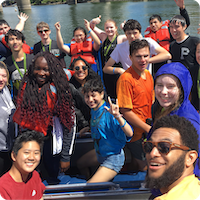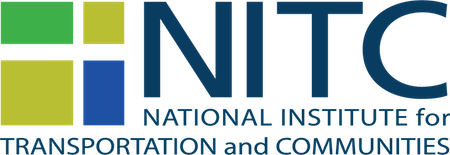 We go beyond research, looking at the classroom and how the next generation of transportation professionals will shape advancements in mobility. Our programs and curriculum are interdisciplinary - bridging gaps between planners and engineers, and U.S. universities. Programs include summer transportation camps for high school students, webinars for professionals, annual trainings on bike-ped curriculum for university educators, and more.
We go beyond research, looking at the classroom and how the next generation of transportation professionals will shape advancements in mobility. Our programs and curriculum are interdisciplinary - bridging gaps between planners and engineers, and U.S. universities. Programs include summer transportation camps for high school students, webinars for professionals, annual trainings on bike-ped curriculum for university educators, and more.
Learn about the impacts of our educational programs and curriculum on the transportation workforce. (coming soon)



